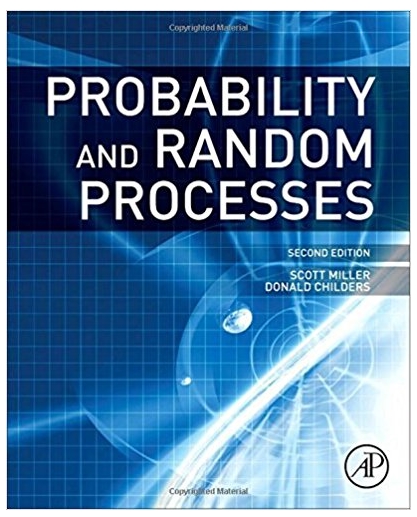Question
Question 1: True or False ANOVA tests the null hypothesis that the sample means are all equal. A strong case for causation is made in
Question 1: True or False
ANOVA tests the null hypothesis that the sample means are all equal.
A strong case for causation is made in an observational study.
In rejecting the null-hypothesis, one can conclude that all the means are different from each other
One-way ANOVA can be used only when there are fewer than five means to be compared.
The null hypothesis for the Levenes test for homogeneity of variance is Ho: A2=B2=C2=..
Question 2 : An airline wants to select a computer software package for its reservation system. Three software packages (1, 2, and 3) are commercially available. The airline will choose the package that bumps as few passengers as possible during a month. An experiment is set up in which each 590 independent observations are made across the 3 packages to make reservations. The number of passengers bumped each week is obtained, which gives rise to the following Excel output:
ANOVA
Source of Variation SS df MS F P-value F crit
Between Groups 4662.2 2 2331.1 7.137 0.001
Within Groups 191729.2
Total 196391.4
a) What is the within groups degrees of freedom for this analysis? Explain how you obtain your answer.
b) What is the within-group mean squares? Explain how you obtain your answer.
c) What is the F critical value for this test? Explain how you obtain your answer.
d) At a significance level of 1%, what conclusion can you infer? Explain how you obtain your answer.
Question 3: Research suggests that customers think that a product is of high quality if it is heavily advertised. An experiment designed to explore this idea is collected quality ratings (on a 1 to 7 scale) of a new line of take-home refrigerated entrees based on reading a magazine ad. Three groups were compared. The first groups ad contained information that would Undermine () the expected positive association between quality and advertising; the second groups ad contained information that would Affirm () the association; and the third group was a Control ().
Interpret the results of the analysis summarized in the following table:
Source df SS MS F PR > F
Advertisements 18.83 9.41 15.28 0.00001
Within (Error) 124
Total 95.21
a) What is the within group sum of squares for this analysis? Explain how you obtain your answer.
b) What is the within group mean squares for this analysis? Explain how you obtain your answer.
c) At the 0.05 level of significance, is there evidence of a difference in the mean ratios for the 3 ads? Explain how you obtain your answer.
Question 4: True or False
You can perform a two-way ANOVA only when the sample sizes are the same in all cells.
When interaction is present in a two-way ANOVA, the main effects are always uninformative.
ANOVA assumes that the populations are Normal with possibly different means and the same standard deviation and that independent simple random samples are drawn from each population.
ANOVA separates the total variation into parts of the model and error. The model variation is separated into parts for each of the main effects and the interaction.
There are three null hypotheses in a two-way ANOVA with an F test for each
Question 5: A study of cardiovascular risk factors compared runners who averaged at least 15 miles per week with a control group described as generally sedentary. Both men and women were included in the study. The design is a 2x2 ANOVA with the factors group and gender. There were 200 subjects in each of the four combinations. One of the variables measured was the heart rate after 6 minutes of exercise on a treadmill.
Output of the appropriate analysis is given below:
| ANOVA |
|
|
|
|
|
|
| Source of Variation | SS | df | MS | F | P-value | F crit |
| Group | 168432 |
| 168432 |
| 0.0001 | 3.85316 |
| Gender | 45030 |
|
| 695.647 | 0.0001 | 3.85316 |
| Interaction | 1794 |
| 1794 |
| 0.0066 | 3.85316 |
| Within (Error) | 192730 |
| 242.12 |
|
|
|
|
|
|
|
|
|
|
|
| Total | 407986 | 799 |
|
|
|
|
a) What is the degrees of freedom for gender? Explain how you obtain your answer.
b) What is the within (error) degrees of freedom? Explain how you obtain your answer.
c) What is the mean squares for gender? Explain how you obtain your answer.
(continued)
d) What is the F test statistic for testing the main effect of Group? Explain how you obtain your answer.
e) What is the F test statistic for testing the interaction effect between group and gender? Explain how you obtain your answer.
f) What conclusion can you infer at 1% level of significance? Explain how you obtain your answer.
Step by Step Solution
There are 3 Steps involved in it
Step: 1

Get Instant Access to Expert-Tailored Solutions
See step-by-step solutions with expert insights and AI powered tools for academic success
Step: 2

Step: 3

Ace Your Homework with AI
Get the answers you need in no time with our AI-driven, step-by-step assistance
Get Started


